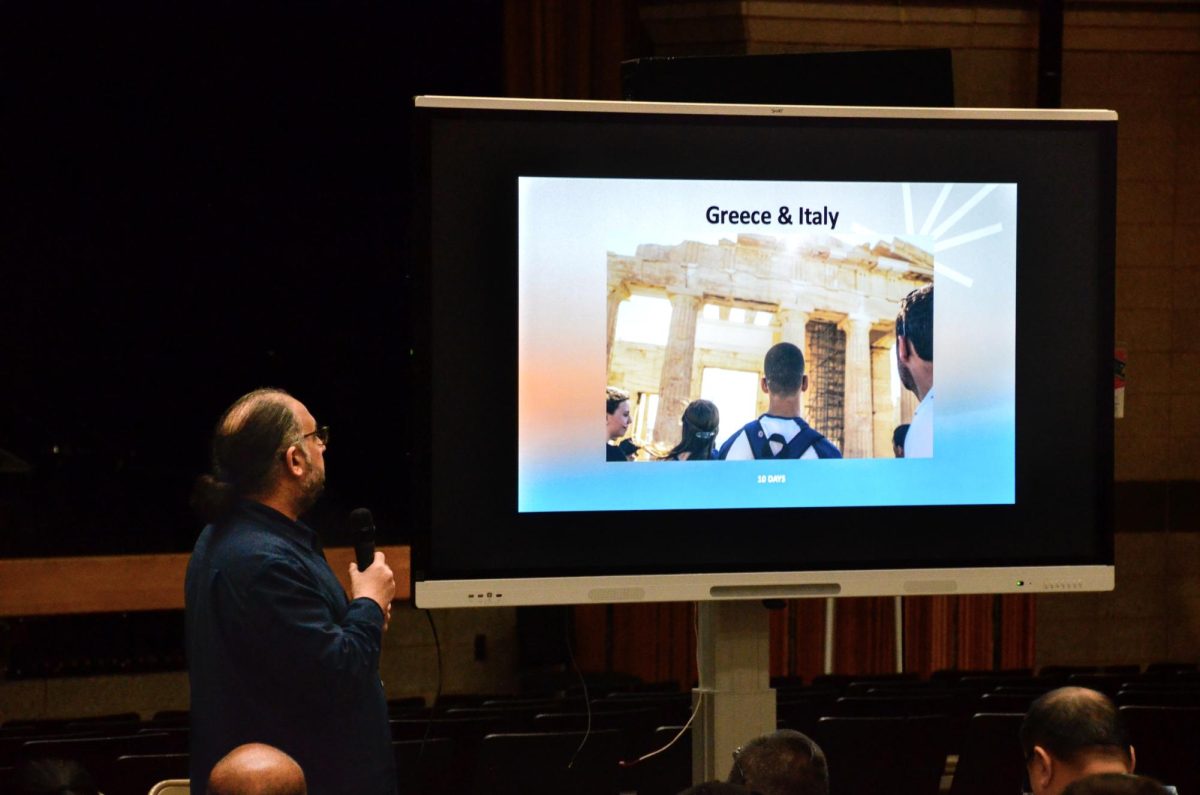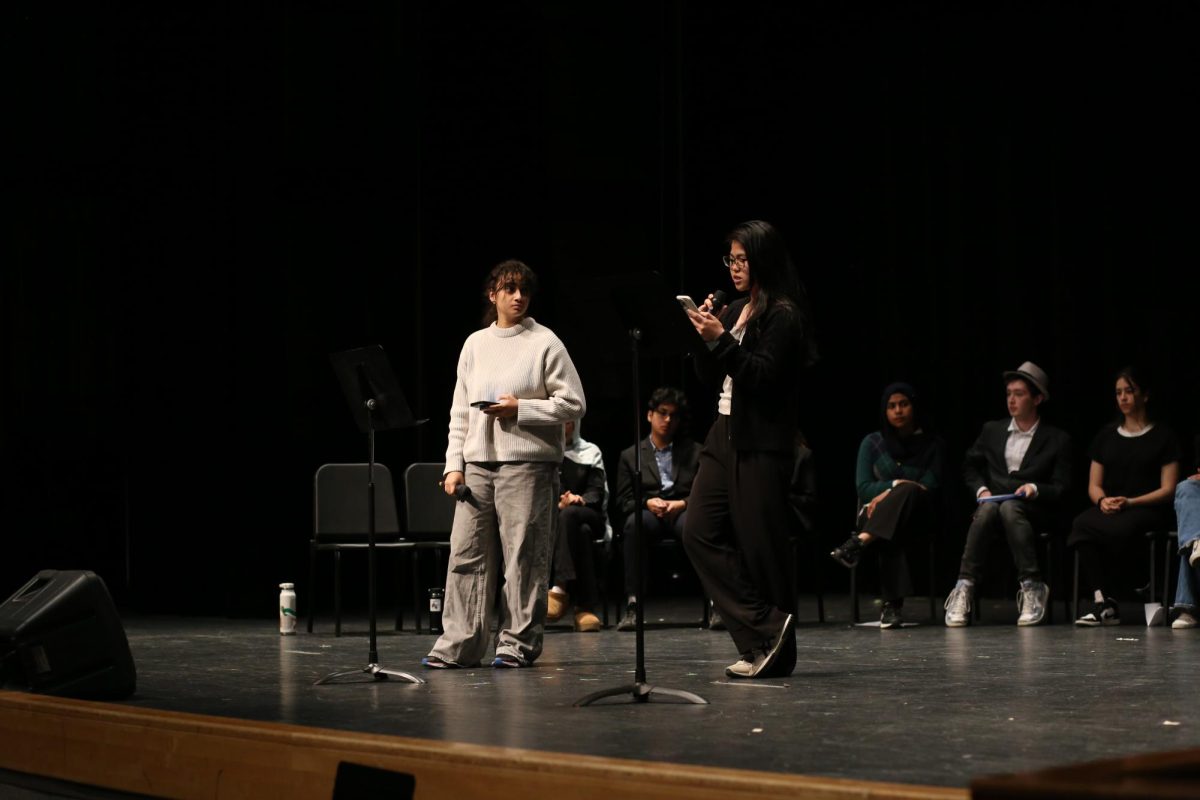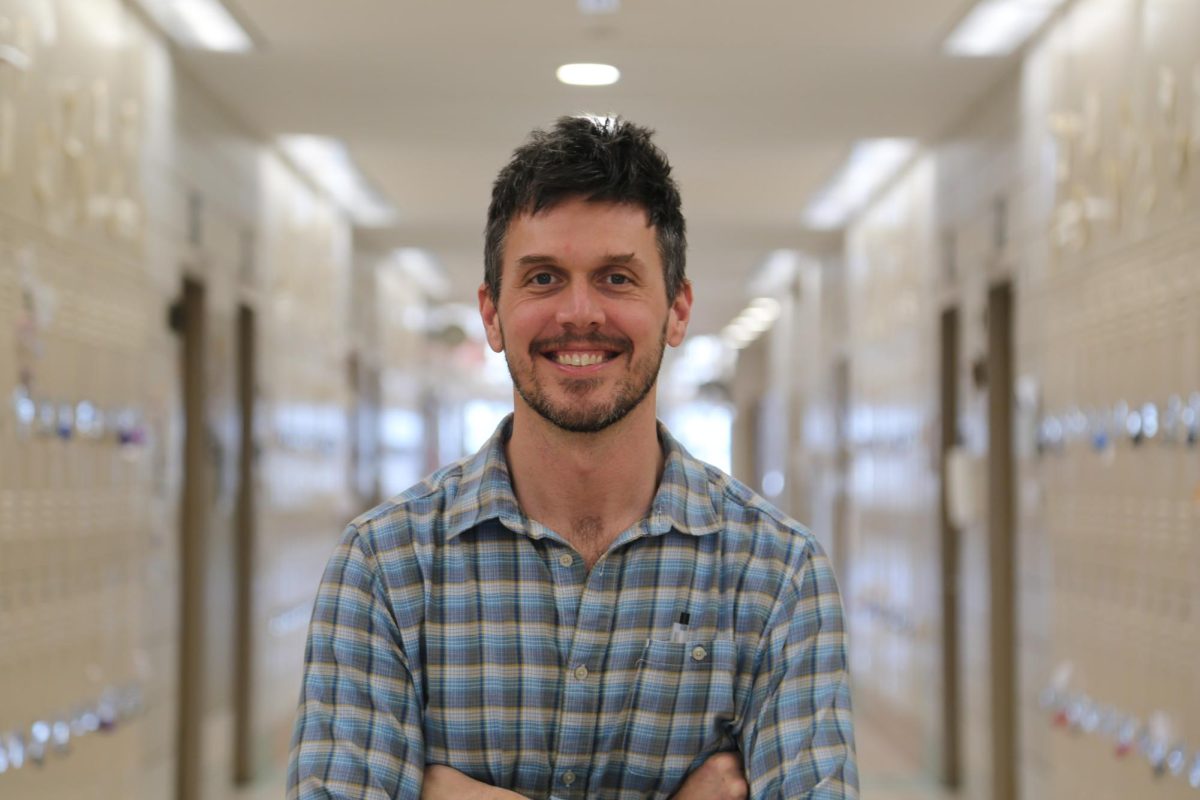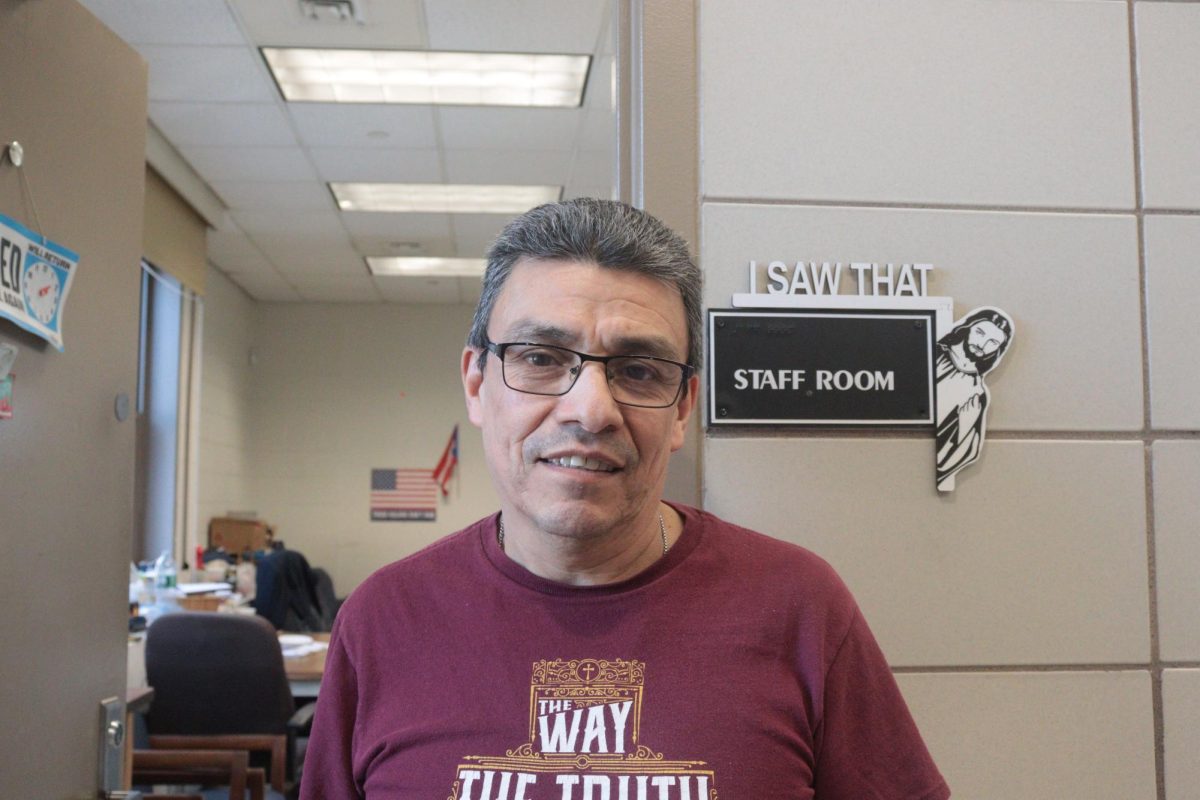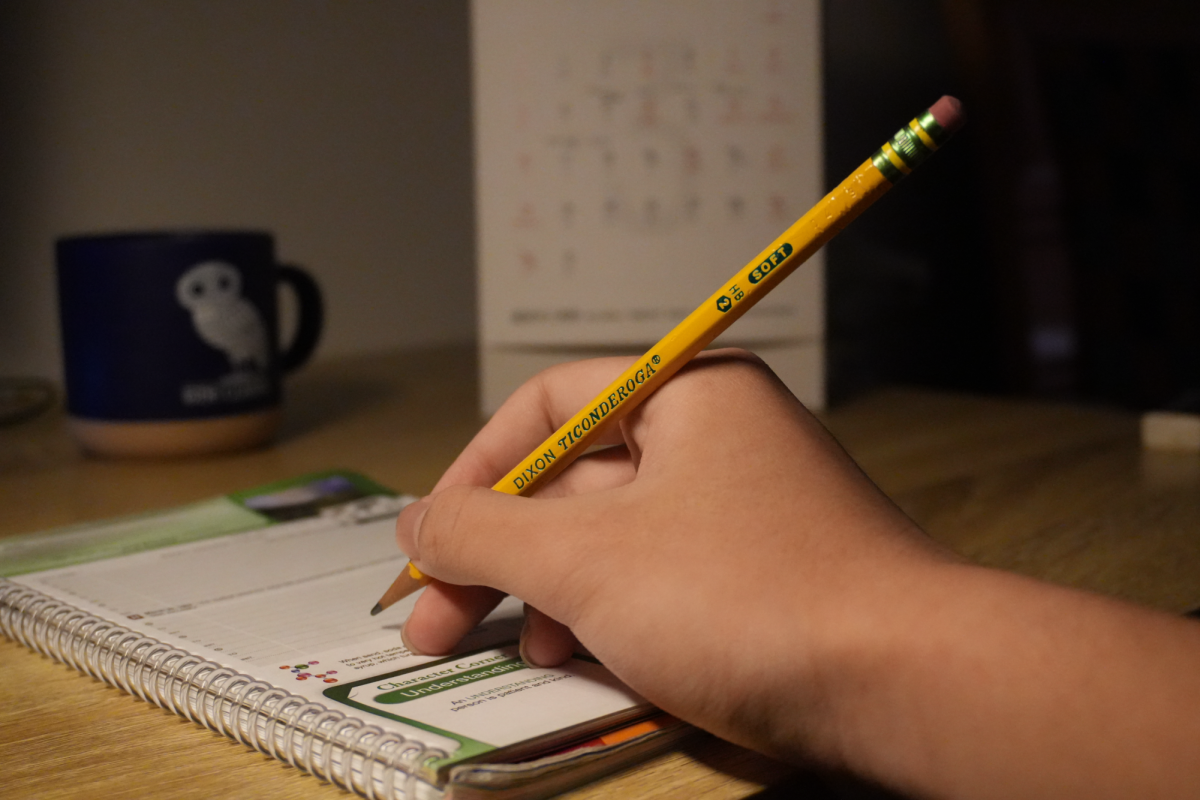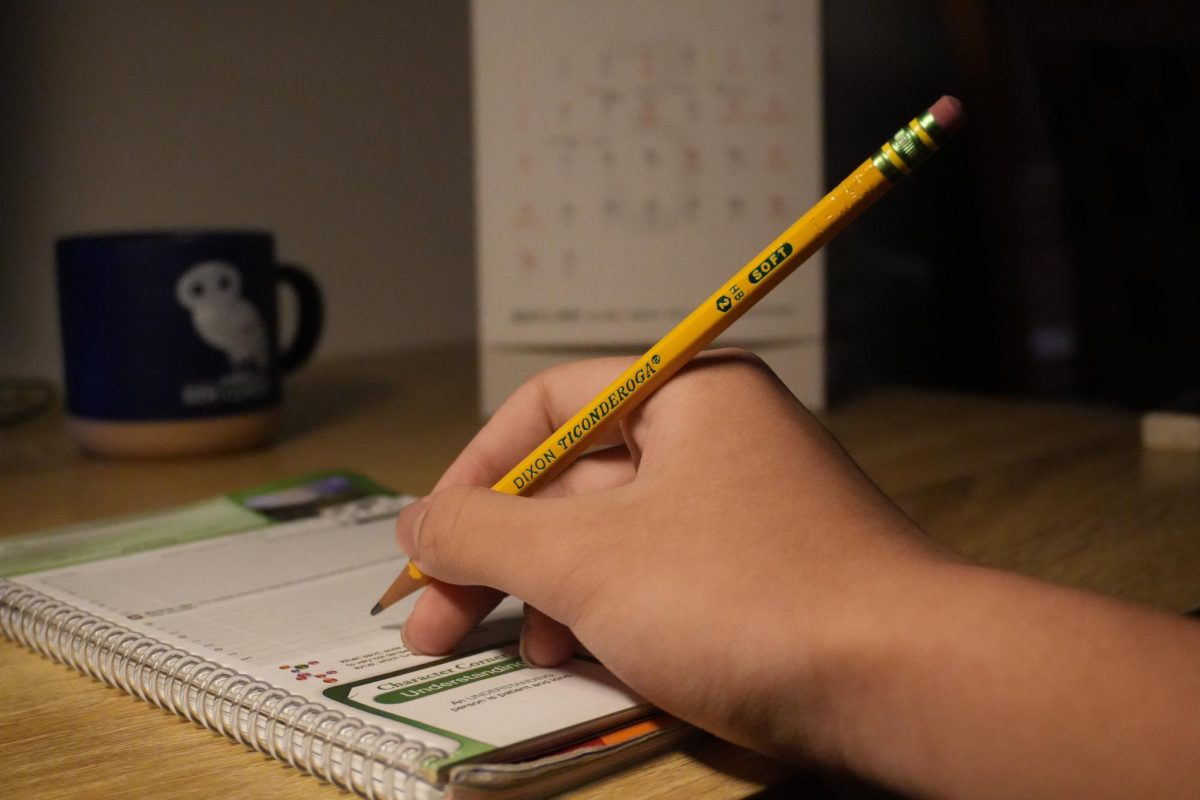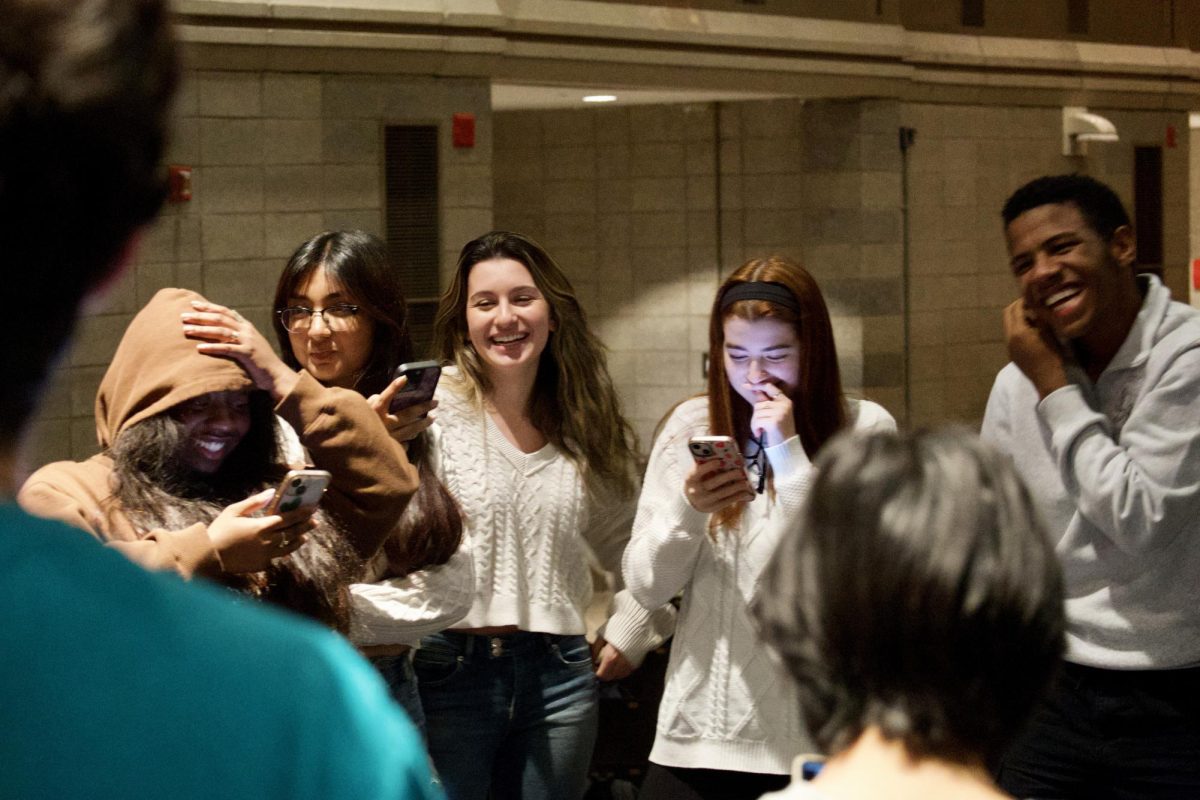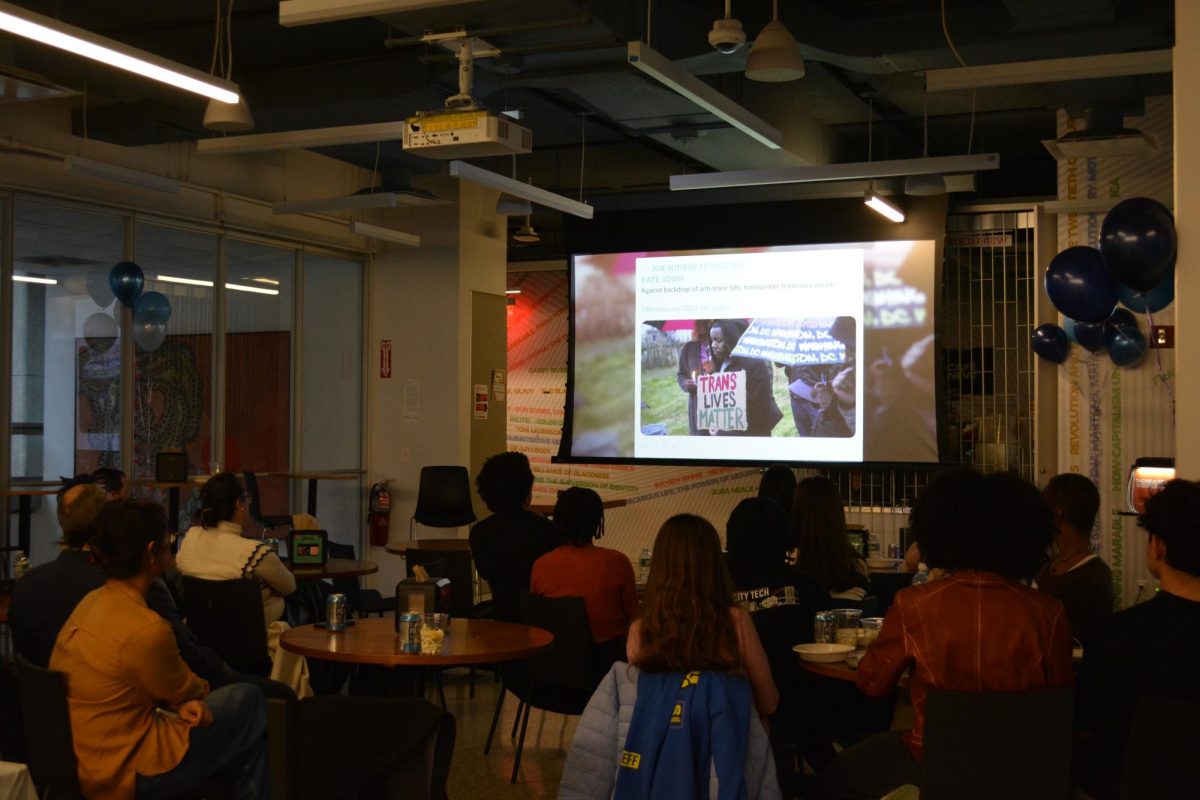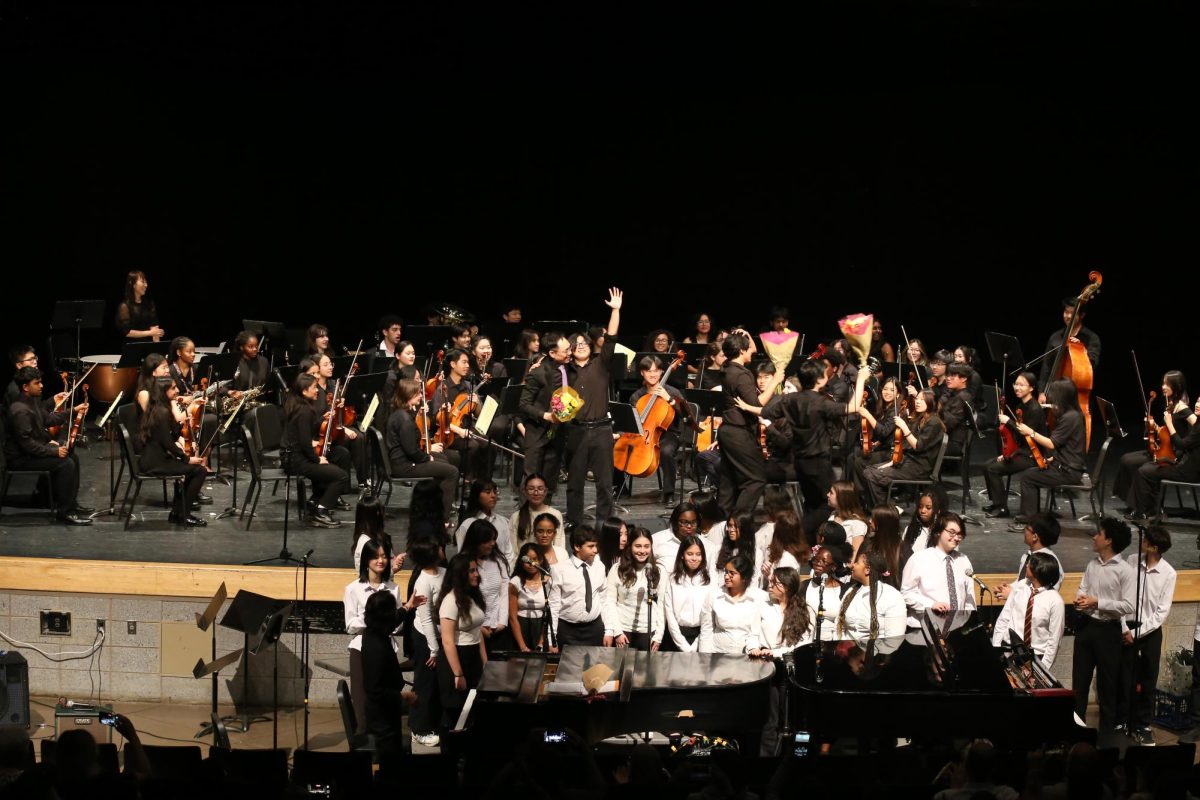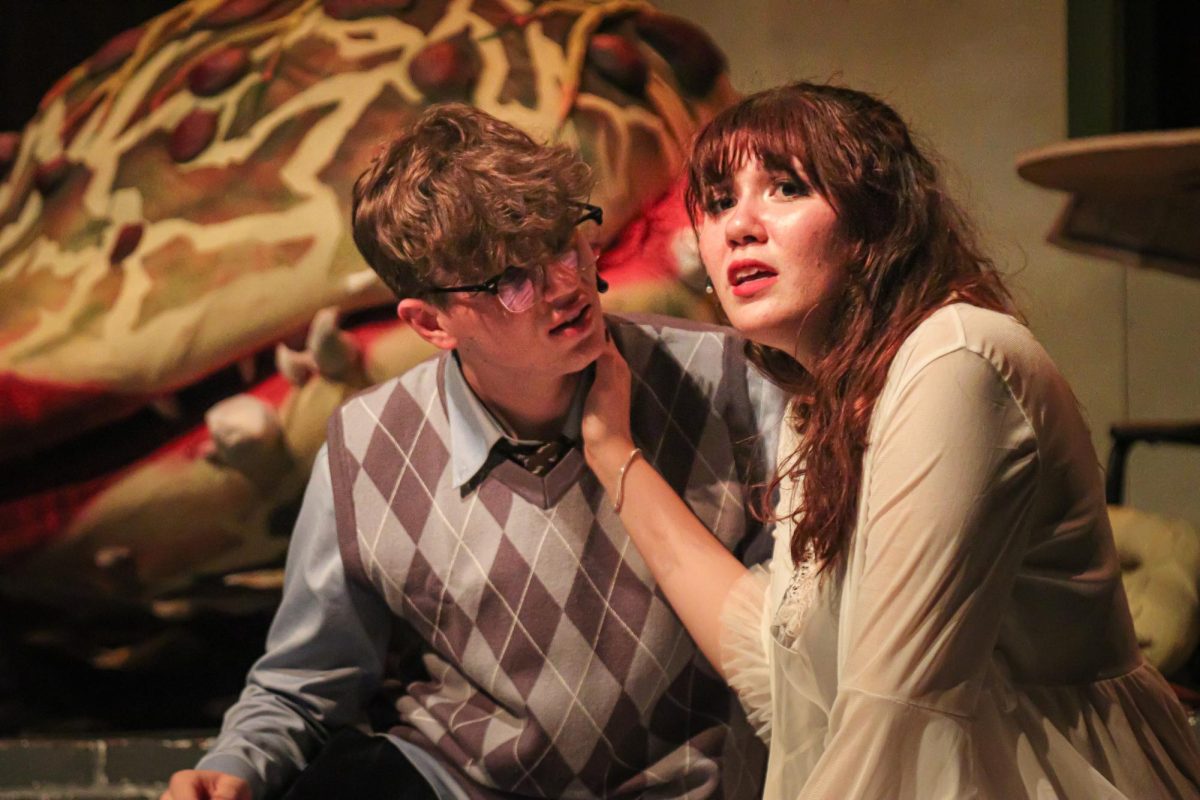
Throughout the months of May and June, the Godwin-Ternbach Museum at Queens College will be featuring photos from the Matthew R. Bergey Collection. The collection chronicles the constantly shifting world of photography, traveling through the 20th century using photos from renowned photographers such as Walker Evans, along with photos from lesser known artists like Henri Cartier-Bresson.
The photos are arranged according to their stylistic period and wrap counterclockwise around the main floor, beginning with the late 1900s. The photos from this period usually have sedentary subjects, since cameras weren’t capable of capturing moving objects. Taken with long exposure, photos from this time are traditional and more focused on capturing beautiful subjects instead of playing with the artistry of photography.
The next stop on the photographic timeline is straight-photography. Photographers tried to portray the terrifying beauty of these industrial leviathans by capturing them as they stood. The photo “Steam and Steel,” by Ira Wright Martin, features three smokestacks funneling massive clouds of black smoke into the sky, representing the strength and corrupting power of industrialization.
The final turn around the room transports audiences to mystical lands. Sophie Ristelhueber uses her photo “Bayreuth” to show the aftermath of war. The photo is of a dilapidated pool and leisure house surrounded by woods trying to reclaim the land after the Lebanese Civil War. Her photographs illustrate the scar which war leaves on the psyche of nature.
Also, be sure to check out Dorothea Lange’s “Migrant Mother” hanging on the second floor of the gallery. The most ubiquitous photo of the Great Depression, “Migrant Mother” depicts the devastating effects of this period, becoming one of the defining images of American history.
After school, take a break from that pile of homework and visit the Godwin-Terback museum, open from 11am – 7pm mondays to thursday, and on Saturdays 11am to 5pm, the collection will offer a glimpse into the evolution of not only photography, but history itself.



